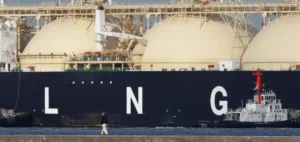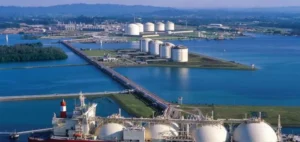A major industrial accident occurred at the Muscar gas complex in Venezuela, causing significant disruptions to the country’s national energy infrastructure. The explosion, followed by a fire, destroyed a network of gas pipelines and high-pressure pipes critical to the processing and transport of hydrocarbons.
According to a preliminary report from Petróleos de Venezuela (PDVSA), the catastrophe impacted several key facilities, including the storage and treatment center for associated gas from the northern Monagas State oil fields. These fields, such as Punta de Mata and El Furrial, produce up to 150,000 barrels per day of light crude oil, which is used to dilute the extra-heavy crude of the Orinoco Belt.
Impact on Oil Production
Upstream production in the Punta de Mata and El Furrial oil zones has been severely compromised. Damaged facilities include pipelines transporting high-pressure gas to liquid extraction plants and strategic compressors. The accident disrupted the supply of light crude used to dilute extra-heavy crude oil, essential for local refineries.
A PDVSA official, speaking anonymously, described the accident as “catastrophic.” The explosion directly affected production in the Orinoco Belt, forcing PDVSA to drastically reduce oil production volumes while emergency measures are implemented to mitigate the accident’s effects.
Repercussions on Gas Supply
The Muscar complex plays a vital role in Venezuela’s national energy supply. It previously provided around 65% of the country’s natural gas, amounting to 850 million to 1 billion cubic feet per day. After the explosion, gas production associated with oil in the Oriente region dropped by 78%, from 2.3 billion cubic feet to only 500 million cubic feet per day.
This reduction paralyzed several industrial and energy facilities in the states of Anzoátegui, Sucre, and Nueva Esparta. Affected infrastructure includes gas-fired power plants, the Jose petrochemical complex, and the Metor I, Metor II, and Fertinitro plants. Additionally, the gas supply to companies in the Guayana region has been interrupted.
Challenges and Proposed Solutions
PDVSA is currently focusing on clearing debris and assessing damages. The company is also considering temporary solutions, such as installing portable flares to burn the untreated gas associated with oil. However, rebuilding the infrastructure will require significant efforts, including replacing pipelines and rehabilitating electronic and instrumental systems.
The outlook for a quick recovery remains uncertain. The accident highlights the fragility of Venezuela’s energy infrastructure and the systemic impact a major incident can have on the economy and essential services.






















